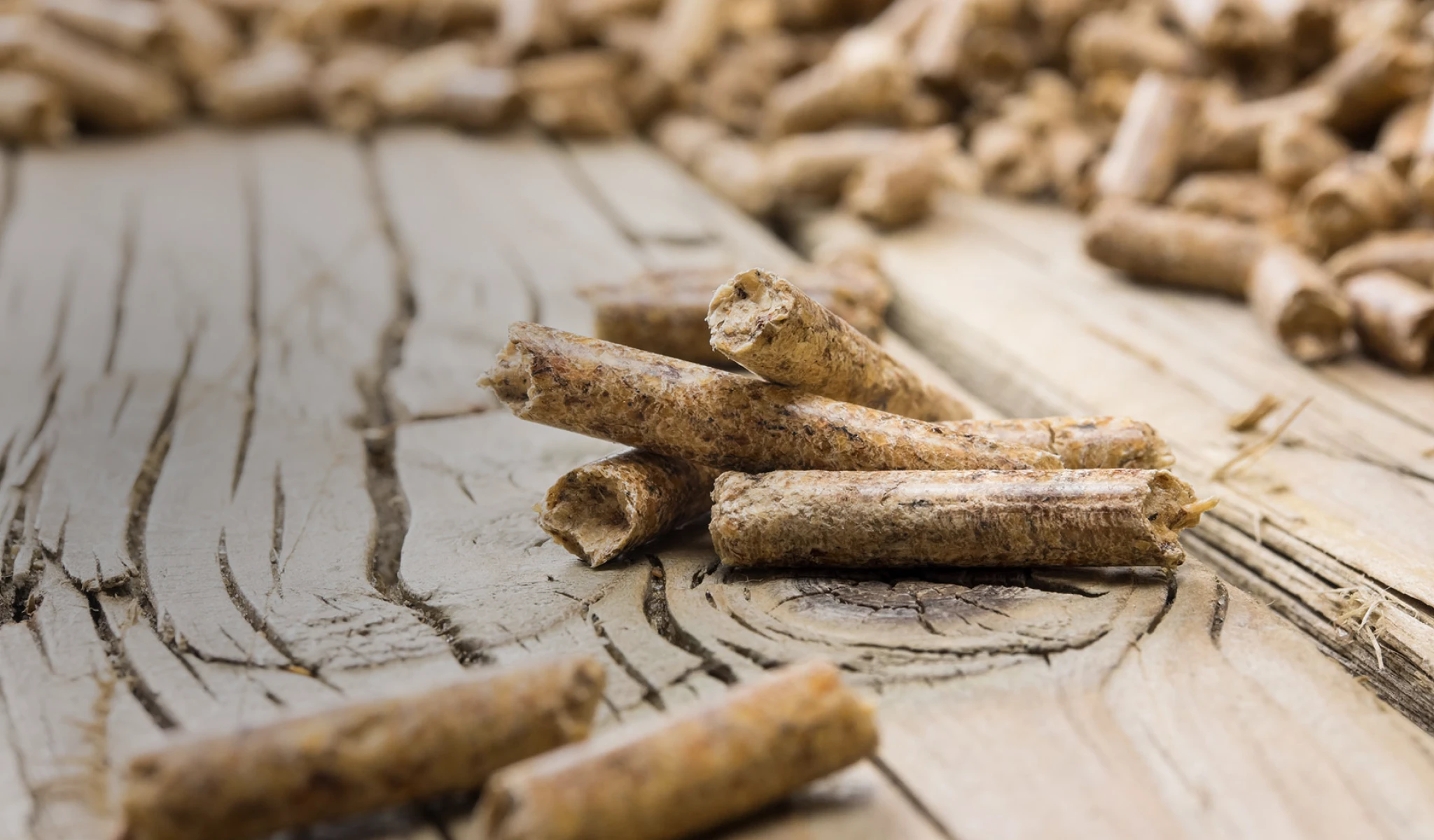
CO2-neutral & environmentally friendly
Heating with pellets
Heating with THE fuel for the future
In times of high energy costs, heating with pellets is not only a comparatively inexpensive alternative, but also a benefit for the climate. Pellets are not only produced regionally and sustainably, have a high calorific value and burn CO2-neutrally, but can also have a positive impact on your finances.
We have summarized all the important advantages of heating with this sustainable and future-proof fuel for you.
Highlights of pellets
8 good reasons for pellets
Here are 8 reasons why pellets are the best energy source.
Wood is not only a naturally renewable fuel, but also the best solution for a reliable and sustainable heat supply. Pellets are the most convenient version of the naturally regenerative energy source that is wood. Waste material arising from wood processing in the form of sawdust is compressed to make small wood cylinders that are an ideal fuel for combustion. This protects the environment, spares the climate and saves resources.
Pellet myths
How exactly are pellets produced and does a tree really need to be felled for this purpose?
Pellets have been regarded as a natural fuel made from renewable resources for some 30 years now. Nevertheless there are still numerous myths concerning the origin of pellets. We would like to clear up the fairy tales surrounding these wood pressings and explain precisely where and how wood pellets are produced.
Myth 1: “Trees are felled specifically for pellets.”
This fallacy is unfortunately very prevalent, but it is definitely incorrect. Wood is processed in sawmills in several steps. First the bark is removed, then the trunk is cut into sawn timber. The main product of a sawmill is therefore sawn timber. However, a spruce weighing 4 tonnes does not yield 4 tonnes of cut timber. The production of sawn timber gives rise to so-called “sawmill by-products” – above all wood chips and sawdust. In total, some 40 percent of the wood is turned into sawmill by-products and 60 percent into sawn timber.
The by-products/waste of the sawmill industry are processed into pellets, which are then used for generating energy. In brief, this means that only by-products of the sawmill industry are used for producing pellets. No trees are felled specifically to make pellets.
Mythos 2: Myth 2: “Pellets contain (non-natural) additives.”
After drying and crushing, the chippings are pressed at high pressure – in a similar way to a meat mincer – through the holes of a die in a pellet press. This produces cylindrical bolts with a length of approx. 3 cm – the wood pellets. Pellets are manufactured from untreated sawdust and wood shavings. Small amounts of corn starch (max. 1.8%) are added solely to simplify the pressing process. A natural product with no harmful contaminants.
Myth 3: “The pellet price is governed by the oil price.”
If you consider the price development of other energy sources, such as heating oil or gas, then the cost benefit of pellets is clear: Not only are they economically attractive and ecologically clean, their price has also been stable for years.
The following factors can contribute to the price development of pellets:
- Raw material supply: Pellets are produced at a regional level. The basic pellet price is therefore not tied to the global market. The decisive factor for the pellet price is the distance to the nearest supplier and the general supply situation on the timber market.
- Seasonal fluctuations in demand: Over the course of a year, the pellet price mainly varies seasonally. It is lower in spring and summer due to lower demand.

 Menue
Menue
